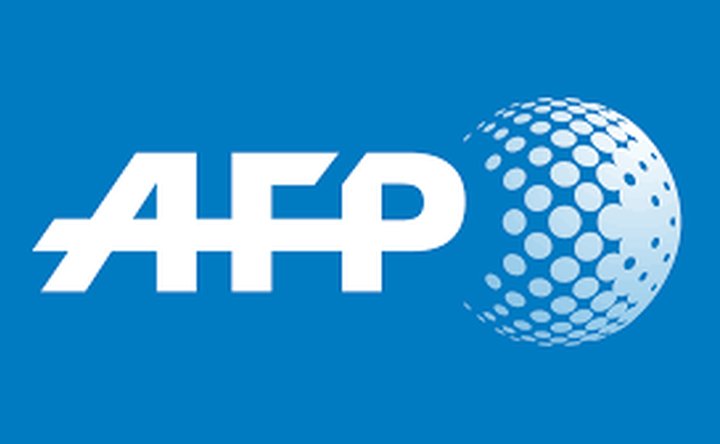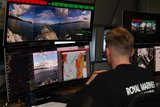China rejects US accusations it seeks hegemony in Asia
China on 31 May rejected accusations from top US officials that it seeks hegemony in Asia and is pushing militarisation in the South China Sea.
Outgoing US Navy Admiral Harry Harris, set to become Washington's ambassador in South Korea, had said on 30 May that while North Korea posed the most imminent threat to the US, China's ‘dream of hegemony in Asia’ was his country's biggest long-term challenge.
The comments were not surprising, Chinese foreign ministry spokeswoman Hua Chunying told a regular press briefing on 31 May, given that ‘those who seek and indulge in hegemony will always think that others are coveting their own hegemony. But no matter how developed China may become, it will never seek hegemony or engage in expansion.’
US Defense Secretary Jim Mattis had vowed on 29 May that the US would keep confronting China over its territorial claims in the South China Sea – where Beijing has established a significant military presence on contested islands.
US diplomats and foreign nations alike were ‘very concerned about this continued militarisation’ in the region, he told reporters.
But Hua termed Mattis' comments ‘rather ridiculous.’
She said: ‘China was not the first country to deploy weapons in the South China Sea, nor is it the country with the most weapons there, and neither is it the country with the most frequent military activities there.
‘As for exactly who is pushing militarisation, everyone can drop the scales from their eyes to see that the answer is self-evident.’
Mattis in February 2018 unveiled the US National Defense Strategy which made clear Washington will focus on Asia in the context of China's growing military might.
Meanwhile, Chinese Ministry of Defence spokesman Ren Guoqiang told a regular press briefing in Beijing on 31 May that the country's sole operational aircraft carrier – the ‘Liaoning’ – has reached initial combat readiness.
The carrier group has conducted multiple exercises which have ‘effectively tested (its) comprehensive attack and defence system’ and prepared it for combat operations on the open seas, he said.
More from Defence Notes
-
![Taiwan approved for purchase of $11 billion in weapons from US]()
Taiwan approved for purchase of $11 billion in weapons from US
The US State Department’s approval of a multi-billion-dollar sale of weapons to Taiwan includes tactical mission networks equipment, uncrewed aerial systems, artillery rocket systems and self-propelled howitzers as well as anti-tank guided missiles.
-
![Ireland spells out $2.3 billion shopping list in five-year defence spending plan]()
Ireland spells out $2.3 billion shopping list in five-year defence spending plan
Ireland’s multi-annual investment in capital defence spending is set to rise from €300m in 2026 to €360m in 2029–2030 with major upgrades across land, air, maritime and cyber domains.
-
![Canada to deepen integration of multi-domain capabilities to strengthen its defences]()
Canada to deepen integration of multi-domain capabilities to strengthen its defences
The Canadian Department of National Defence has created new organisations to manage the procurement and integration of all-domain solutions and allocated US$258.33 million to strengthen production capacities.
-
![US National Security Strategy prioritises advanced military capabilities and national industry]()
US National Security Strategy prioritises advanced military capabilities and national industry
The 2025 NSS has emphasised investment in the US nuclear and air defence inventory and national industry, but it leaves multiple unanswered questions on how the White House will implement this approach.
-
![Canada set to look away from its neighbour and across the Atlantic for partners]()
Canada set to look away from its neighbour and across the Atlantic for partners
While non-EU UK struggles to join the Security Action for Europe initiative, which provides loans for defence programmes, Canada has become the first country outside Europe to get access – and did so for a nominal fee.
-
![NATO experiments with solutions to integrate networks, AI and uncrewed systems]()
NATO experiments with solutions to integrate networks, AI and uncrewed systems
During the latest edition of the NATO DiBaX, the alliance tested multiple capabilities to inform requirements for future efforts.

























